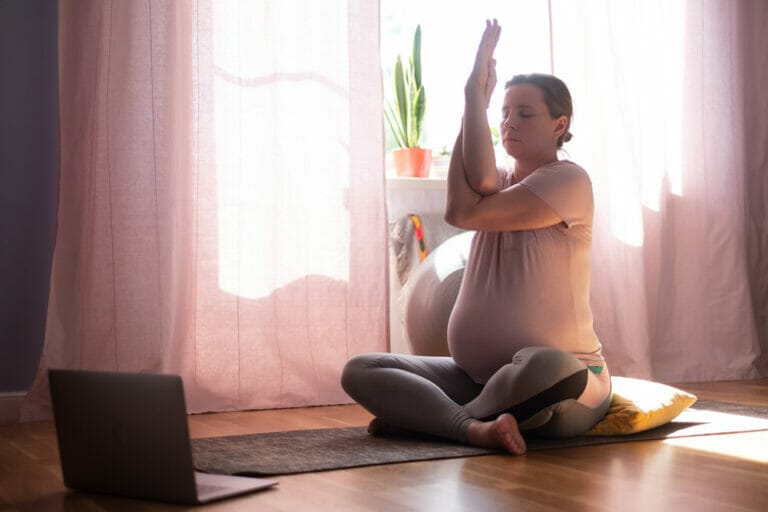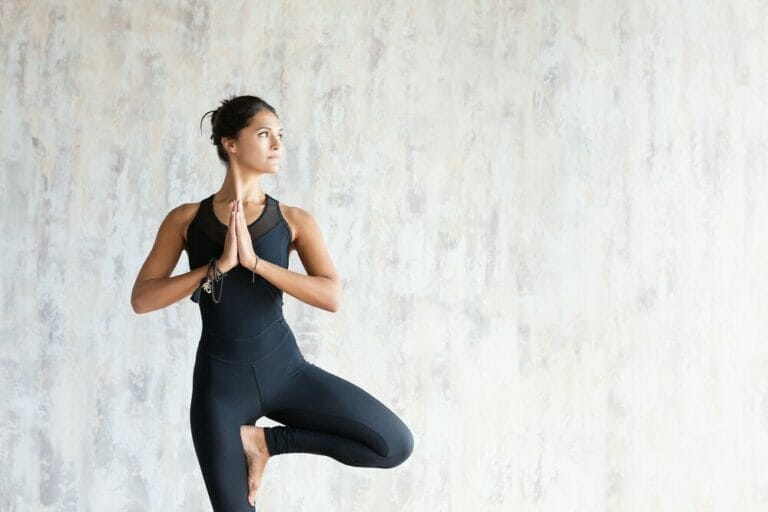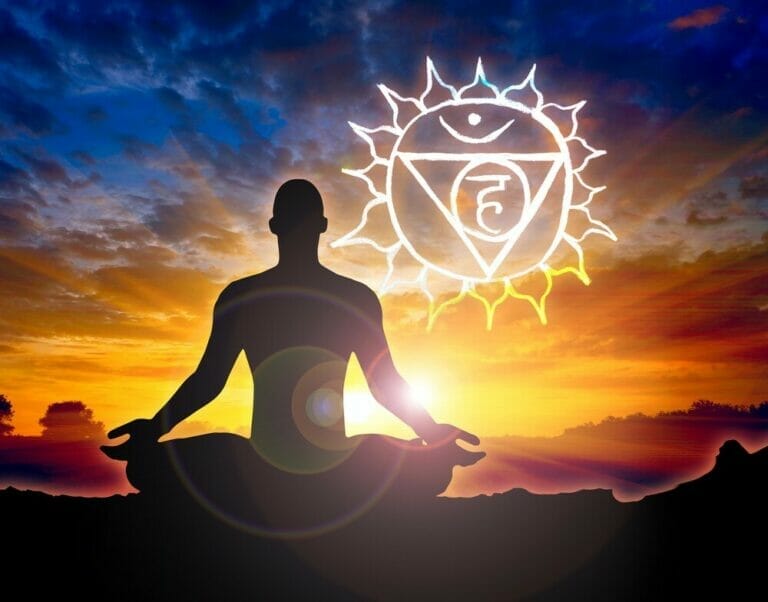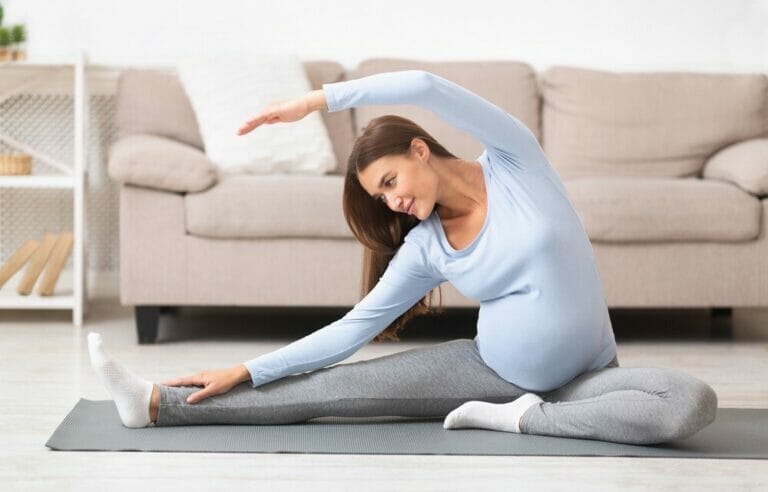Release Your Shoulder’s Stiffness With These Yoga Poses
Are your shoulders tense?
You’re not alone.
Most people spend a lot of time sitting, which can have a number of negative effects such as poor posture, aches and pains in the joints and muscles, and even an increased risk for muscle-related diseases like osteoporosis.
But by doing the right kinds of exercises to relax your shoulders — we’re talking yoga poses for shoulders here — you’ll be able to avoid these issues while still having a good time.
There are three main areas of the upper body to focus on when doing yoga exercises for the shoulders: your deltoids, your rotators, and your scapulae.
These are classically known as the shoulder girdles, but we’ll be using the word ‘girder’ instead because that’s what they really are.
So let’s take a look at all the yoga poses that will help you get big and strong shoulders while helping you to relax them at the same time.
Adho Mukha Virasana (with chair)
This position may provide traction for your shoulder region.The sensation of being pulled away from your chest feels similar to hanging from a pole.
This pose might afford some relief to anyone with problems of scar tissue in or around shoulder sockets.
The most important thing is that you’re gripping the chair tightly. This will help you to achieve the correct alignment.
Reverse Prayer (Paschim Namaskarasana)
This yoga pose is the ultimate shoulder-opening stretch, especially after a long day of hunching over your desk.
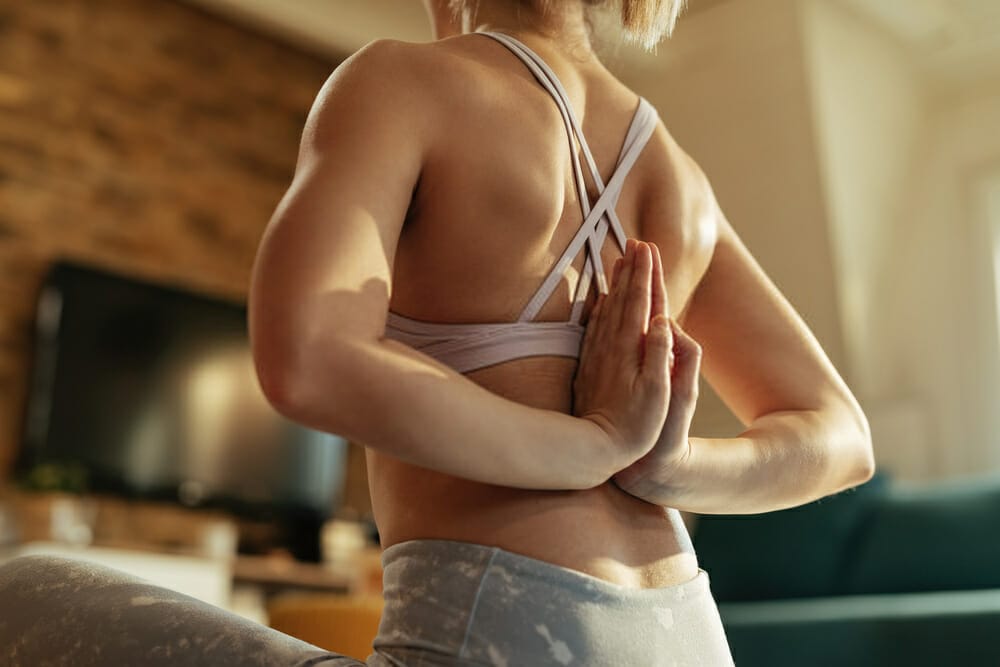
The high forward bend affects the arms, chest and core in just the right way to loosen tightness and release tension.
Head-to-Knee Forward Bend
This pose will help you to open up your chest and shoulder region while giving you a nice stretch at the same time.
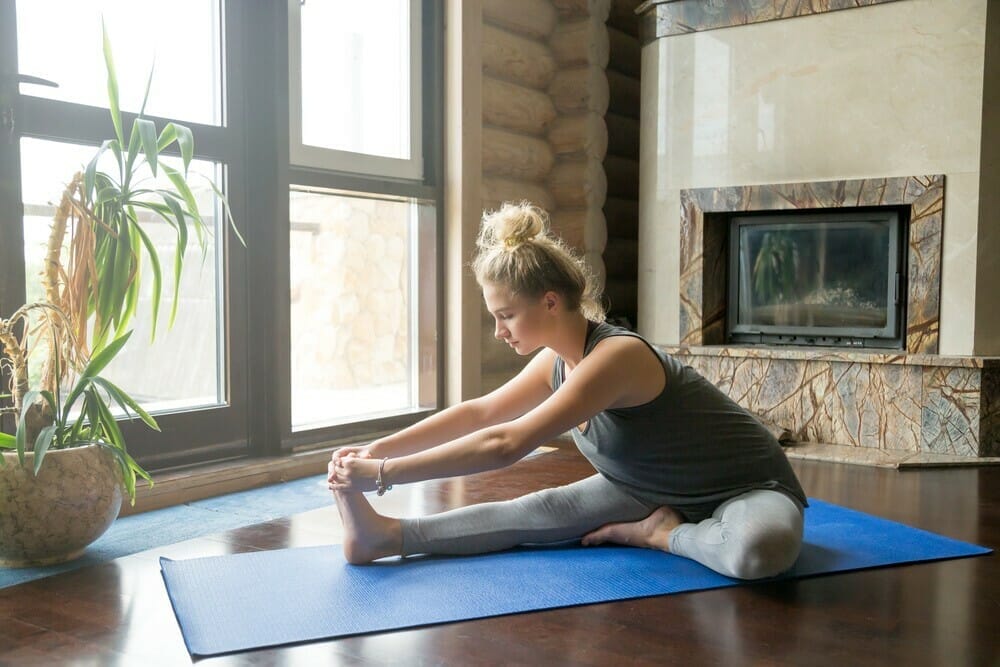
The forward bend will help strengthen the muscles in your chest while improving your posture.
It’s also a great stretch for those who suffer from neck pain or headaches, as it helps relax tense muscles in that area.
Standing Forward Bend (Uttanasana)
This yoga pose is a great way to relieve tension in the shoulders and upper back that often builds up as a result of poor posture. It’s also a nice way to stretch your hamstrings.
Downward-Facing Dog (Adho Mukha Svanasana)
This pose is a great way to open up your chest and shoulder region while giving you a nice stretch at the same time.

The forward bend will help strengthen the muscles in your chest while improving your posture.
It’s also a great stretch for those who suffer from neck pain or headaches, as it helps relax tense muscles in that area.
Standing Wide-Legged Forward Bend
This pose is a great way to relieve tension in the shoulders and upper back. The pose feels similar to a Child’s Pose but you’re not taking your weight on the feet; rather you’re engaging your core muscles to help keep you stable.
Shoulder Stand (Sarvangasana)
This pose is a great way to develop shoulder strength and flexibility in the arms while improving posture at the same time. Practice this pose using a wall or a bolster.
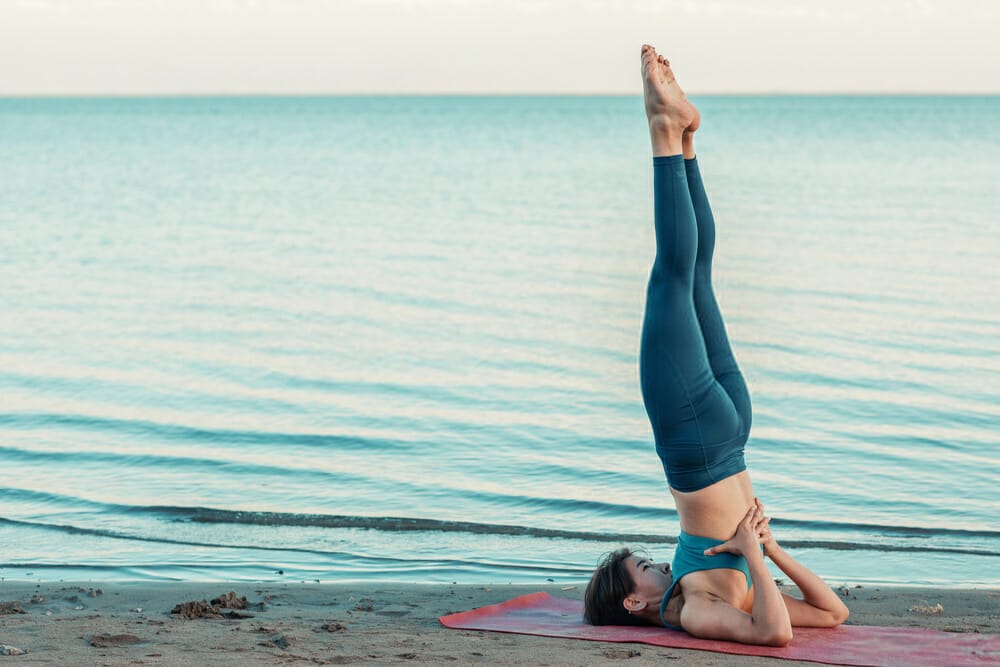
It is important not to overdo it with this pose as you may damage your neck if you are not careful. The feeling of flying can trigger anxiety attacks in people who have a fear of heights.
Camel Pose (Ustrasana)
This is a great pose for opening up the chest, shoulders and back while strengthening the stomach muscles and lower back.
You can use blocks under your knees for support in this yoga pose if you have difficulty with balance or flexibility.
Butterfly (Baddha Konasana)
This yoga pose is a great stretch for the groin, hip flexors, thighs and shoulders. You can use a blanket or a bolster under your knees if you’re not very flexible.
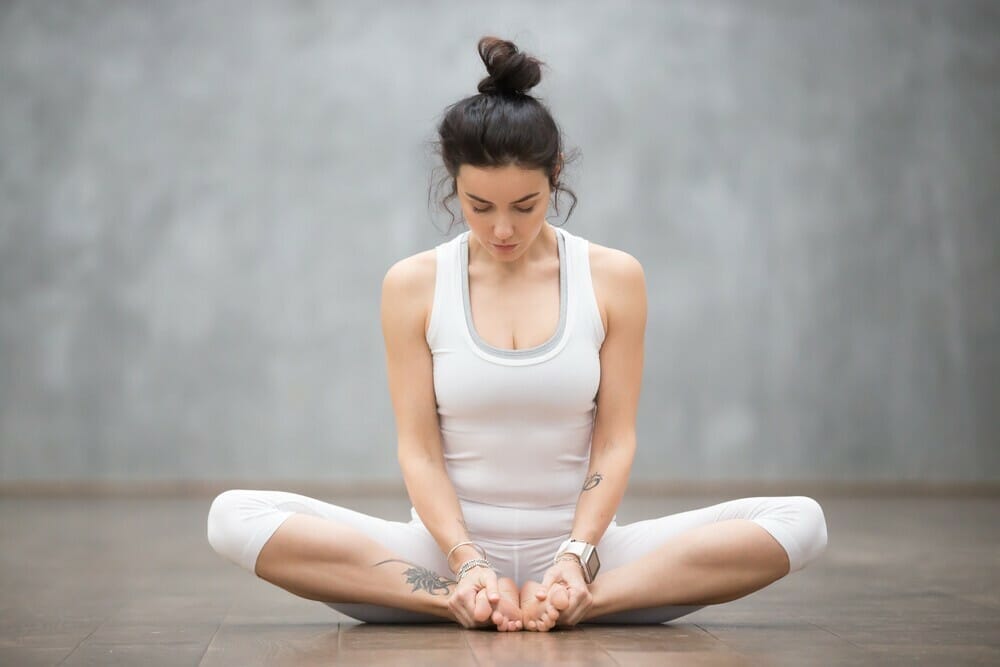
Eye of the Needle Pose (Sucirandhrasana)
These poses will help open up your chest area while helping to strengthen your entire core and back muscles. You’ll also get a great stretch in your arms and shoulders at the same time.
Head-to-Knee Pose (Janu Sirsasana)
This yoga pose will help you to open up your chest and shoulder region while giving you a nice stretch at the same time.
The forward bend will help strengthen the muscles in your chest while improving your posture.
It’s also a great stretch for those who suffer from neck pain or headaches, as it helps relax tense muscles in that area.
Child’s Pose (Balasana)
Another great way to help build flexibility in your spine while keeping your chest and shoulders happy. This is a very calming pose that will help you unwind, destress and let loose.
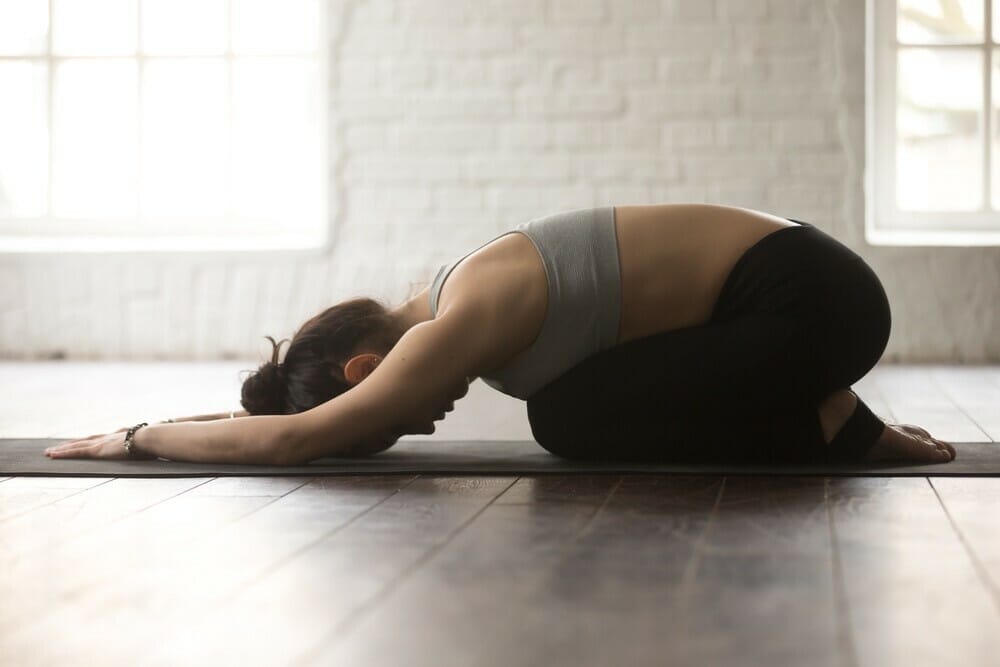
This set-up is a wonderful relief for many areas of the body, but particularly the shoulders. This pose is usually done at the end of a session for its relaxing effects. It can also help you to re-establish correct alignment of the shoulders.
Tabletop Pose (Janu Dhanurasana)
This is a great stretch for those who have shoulder problems due to arthritis pain or injury. This pose will open up the chest and shoulder region while giving you a nice stretch at the same time.
Walking Triangle (Utthita Hasta Padangusthasana)
This pose is a fantastic way to balance out the shoulders and open them up. It will also help you to strengthen your arms and core while relieving tension throughout your body.
Cow Face Arms-Behind-Head Pose (Gomukhasana)
This yoga pose is one of the top shoulder stretches. The stretch will help lengthen your chest, back and arms while maintaining correct alignment in your shoulders.
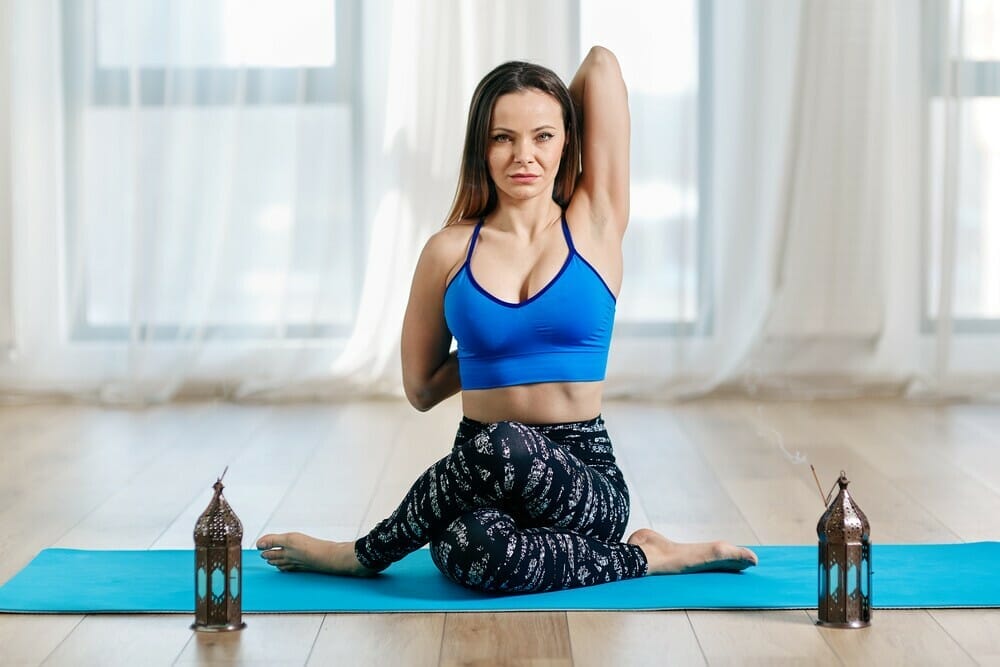
If you have tight shoulders then this pose will help stretch out your muscles and release tension.
I hope this article was able to help you to get the most out of yoga and I wish you good luck with your journey towards a healthier body and mind!
The next step is to try all these yoga poses out for yourself. You may even find that you feel a sense of relief and well-being after each session as they help improve the strength, flexibility, speed and endurance of your muscles.
These poses are not intended to be used as a replacement for treatment by a trained medical professional.
If you are experiencing pain in your shoulders then it would be recommended to visit a doctor prior to commencing yoga.



